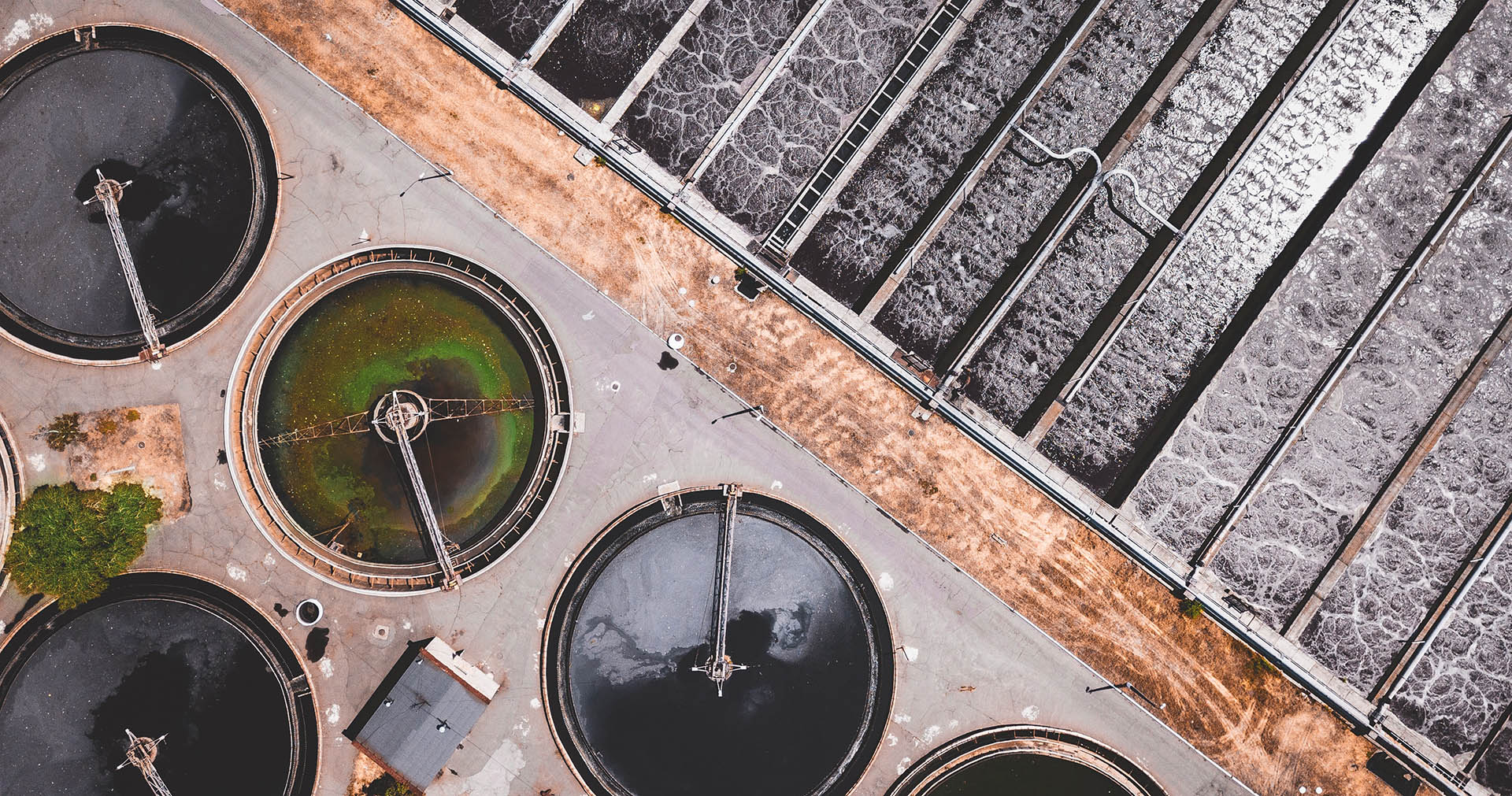By Cora Kammeyer, Pacific Institute; Heather Cooley, Pacific Institute; and Cynthia Koehler, WaterNow Alliance
COVID-19 — and the ensuing economic crisis — is affecting all sectors of society, including water. Across the country, water utilities are facing lower revenues, more unpaid and late water bills, and higher costs to protect essential staff from COVID-19. These financial challenges are affecting much-needed investments in water infrastructure, both now and in the future. Here, we summarize the financial impacts of COVID-19 on water utilities, examine how this may reduce or delay water infrastructure investments, and explore how investments in innovative distributed water infrastructure can address some of these issues while also fostering economic recovery, system flexibility, and long-term resilience.
Water Utility Revenue Struggles
Water utilities face severe challenges due to the effect of COVID-19 on their bottom lines. A survey of drinking water utilities conducted by the American Water Works Association (AWWA) in June 2020 shows that many utilities are facing financial impacts from COVD-19 and are cutting spending in response. Three-quarters of respondents are either already facing financial impacts due to COVID-19 (45 percent) or expect to see impacts soon (31 percent). Seventy percent have either already adjusted their spending or are considering it. Perhaps most critically, 24 percent of respondents, predominantly small utilities, say these financial impacts are likely to affect their ability to maintain current levels of water service.
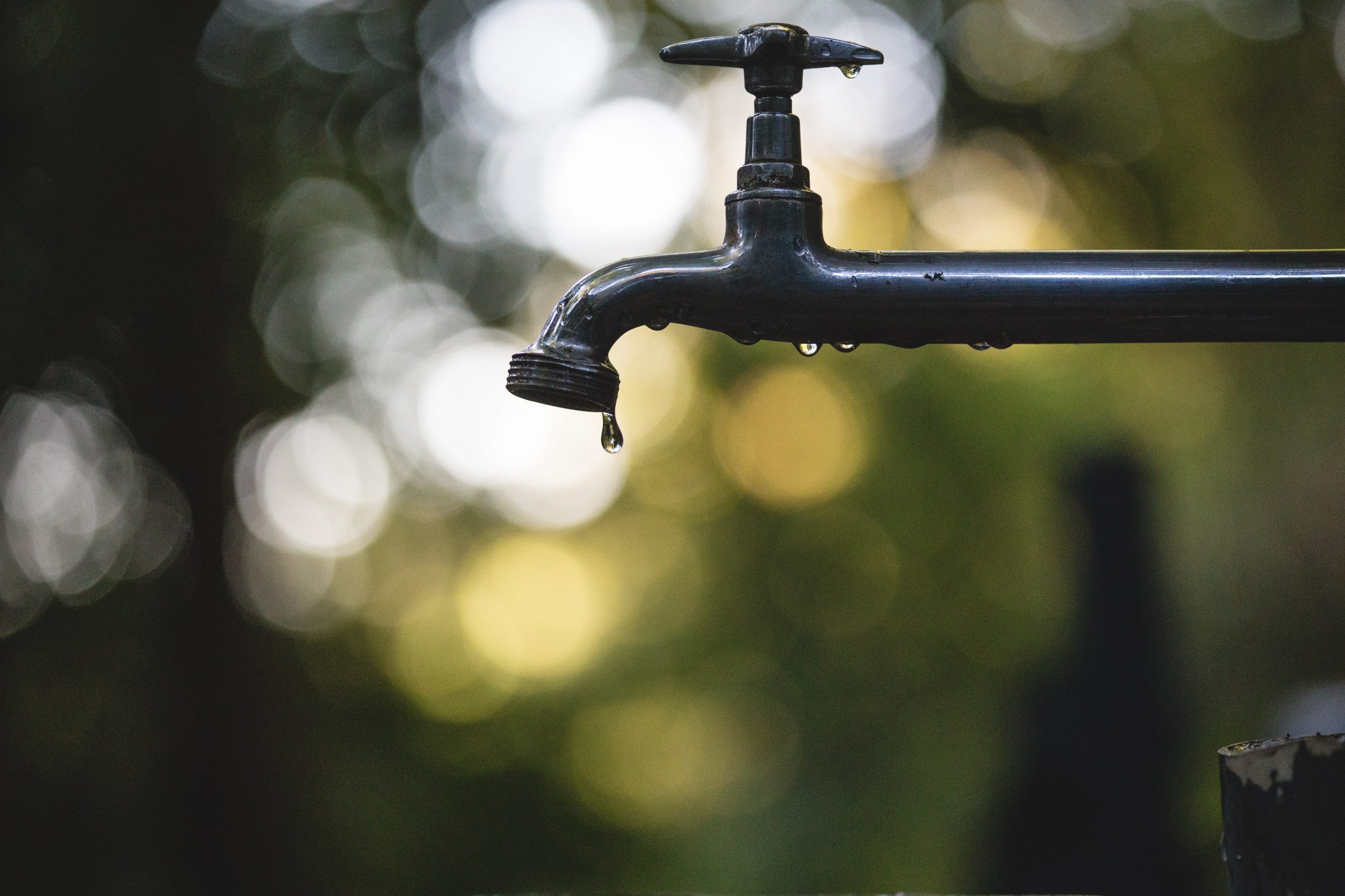
A survey of drinking water utilities conducted by the American Water Works Association in June 2020 show that many utilities are facing financial impacts from COVD-19 and are cutting spending in response.
There are three primary drivers of revenue shortfalls:
- non-payment of water bills, as people face unemployment and struggle to make ends meet;
- Reductions in water demand, especially reduced water sales to businesses that are shut down or operating in a limited capacity; and
- Increased operating costs associated with protecting workers from COVID-19 and providing increased hazard and overtime pay.
A study from AWWA and the Association of Metropolitan Water Agencies puts the combined current and future financial impact of the COVID-19 crisis on drinking water and wastewater utilities at around $27 billion, or nearly 17 percent of total budgets. Another estimate predicts a 20 percent water utility revenue loss due to COVID-19. While much of the research focus has been on drinking water and wastewater utilities, stormwater utilities face similar financial struggles.
Federal or state aid would help alleviate this pain but has yet to materialize. To date, local water utilities have largely been omitted from federal COVID-19 relief, and proposals for federal support, like the Moving Forward Act, may not move forward until after the November election. State budgets have taken their own COVID-19 hits. The California State budget, for example, is facing a $54 billion deficit and State water programs have been slashed to the tune of $50 to $70 million.
Capital Investments and Infrastructure Expenditures
It is well established that there is desperate need for capital investments in local water infrastructure to modernize operations, address deferred maintenance, and build climate resilience. In 2017, the American Society of Civil Engineers gave a “D” grade to the nation’s water infrastructure. The U.S. Environmental Protection Agency estimates that $743 billion of investment in water and wastewater infrastructure is needed over the next 20 years just to meet existing environmental and health standards.
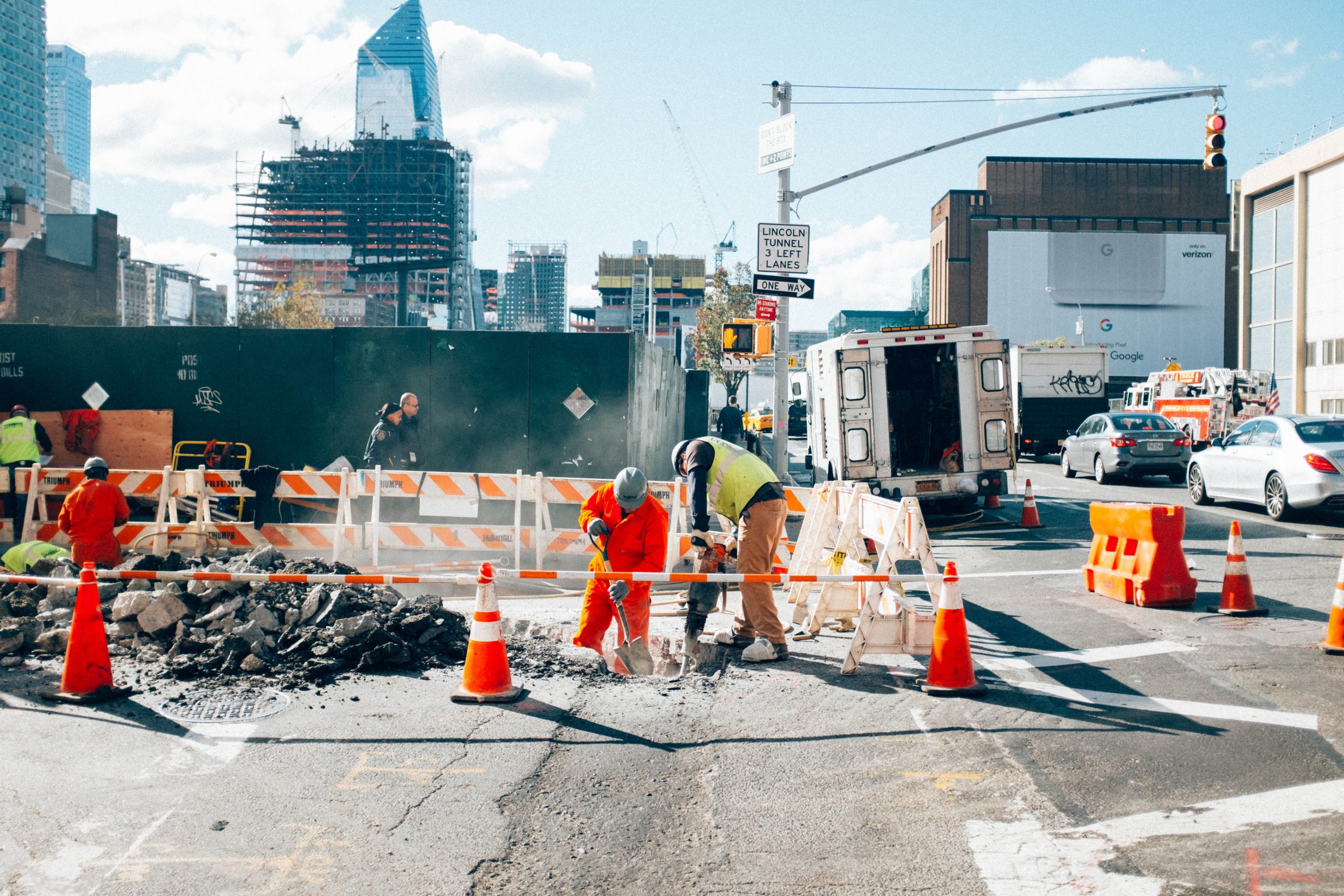
The U.S. Environmental Protection Agency estimates that $743 billion of investment in water and wastewater infrastructure is needed over the next 20 years just to meet existing environmental and health standards.
The revenue shortfalls from COVID-19 are exacerbating this situation, forcing water utilities to delay or reduce those investments. According to the recent AWWA survey:
- Seven percent of respondents have suspended capital construction already in progress, and eight percent are considering it;
- Twenty-two percent of respondents are delaying anticipated capital construction, with another 19 percent considering it; and
- Thirty-six percent are reducing or considering reducing maintenance and repair schedules, which will create even more of a backlog.
These delays could affect the reliability of water infrastructure already long overdue for capital improvements.
An added dimension to the water infrastructure financing challenge in the face of COVID-19 is the municipal bond market. Because of current financial instability, which is expected to continue, utility and municipal bond ratings may go down—and consequently interest rates up—making it more expensive to finance capital investments in water infrastructure.
Opportunities for Distributed Water Infrastructure
At a time when utilities are pausing investments in conventional water infrastructure, localized, distributed water infrastructure presents a unique opportunity. These infrastructure solutions, located at or near the point of use and implemented widely across communities, encompass a broad range of water supply, treatment, and stormwater strategies, such as efficient fixtures, rain gardens, lead line replacements, onsite or district scale water reuse, and more. Distributed water systems serve the same functions as conventional systems, but more affordably and equitably, while building greater climate resilience for the community.
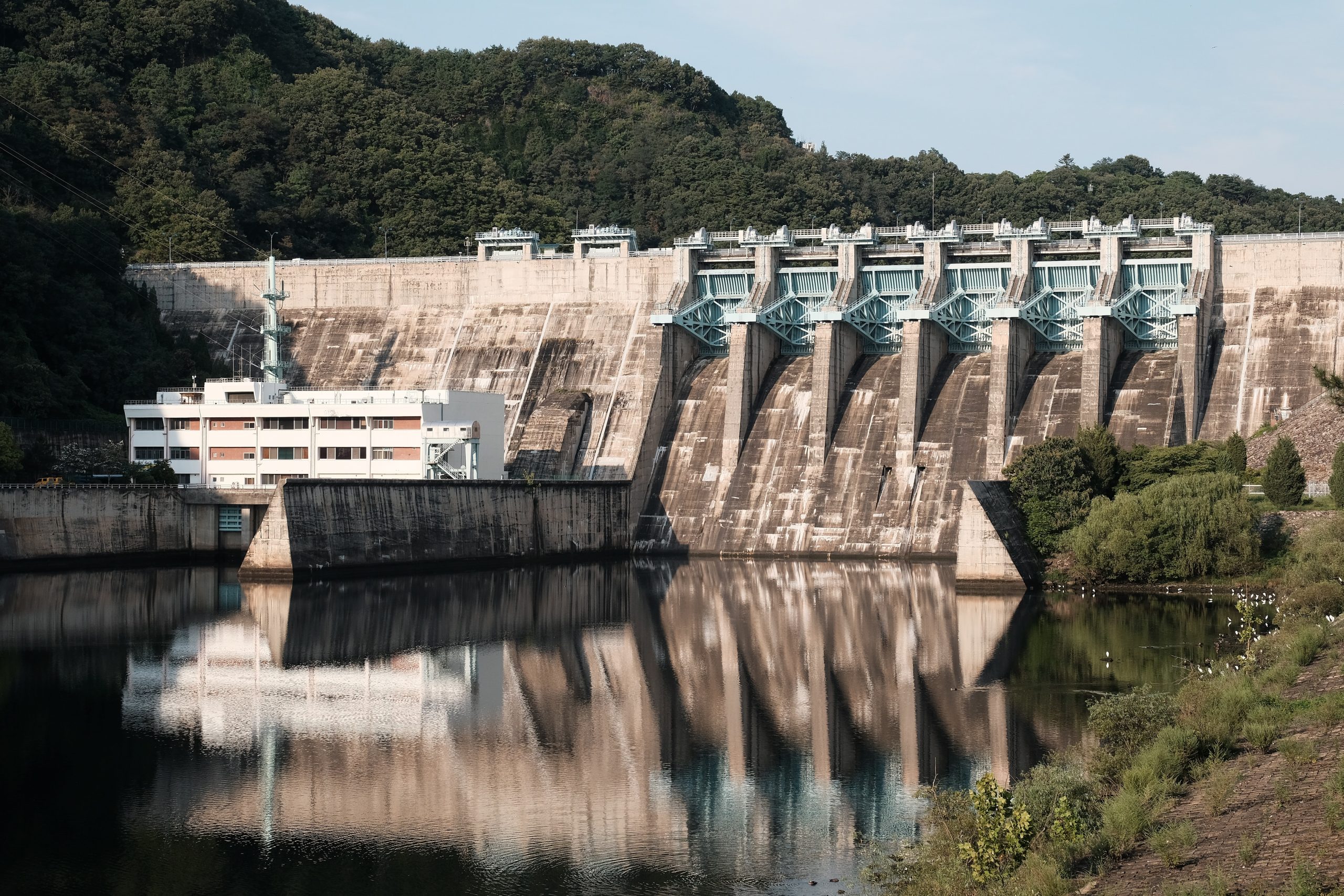
Distributed water systems serve the same functions as conventional systems — but more affordably and equitably, while building greater climate resilience for the community.
Moreover, while conventional centralized water infrastructure is typically engineered and optimized to do just one thing very well (e.g., a treatment plant to provide clean water, or a dam to store water), distributed systems can provide multiple benefits. These include:
- Creating alternative water supplies;
- Improving environmental water quality;
- Reducing energy use and associated greenhouse gas emissions;
- Generating jobs and local economic development;
- Providing greener public spaces; and
- Cooling urban environments.
There is growing interest in the role that distributed systems can play in advancing water resilience. They tend to be less expensive than large, centralized systems and can provide greater financial and operational flexibility. Water infrastructure networks that are flexible, have distributed capacity, and contain multiple systems that can provide back-up are more resilient to disruption than systems without these features. For example, in 2012 Hurricane Sandy overwhelmed many water and wastewater treatment facilities. Centralized water systems spilled over 11 billion gallons of untreated or partially treated sewage into streets and waterways, but over 80 distributed water systems remained operational.
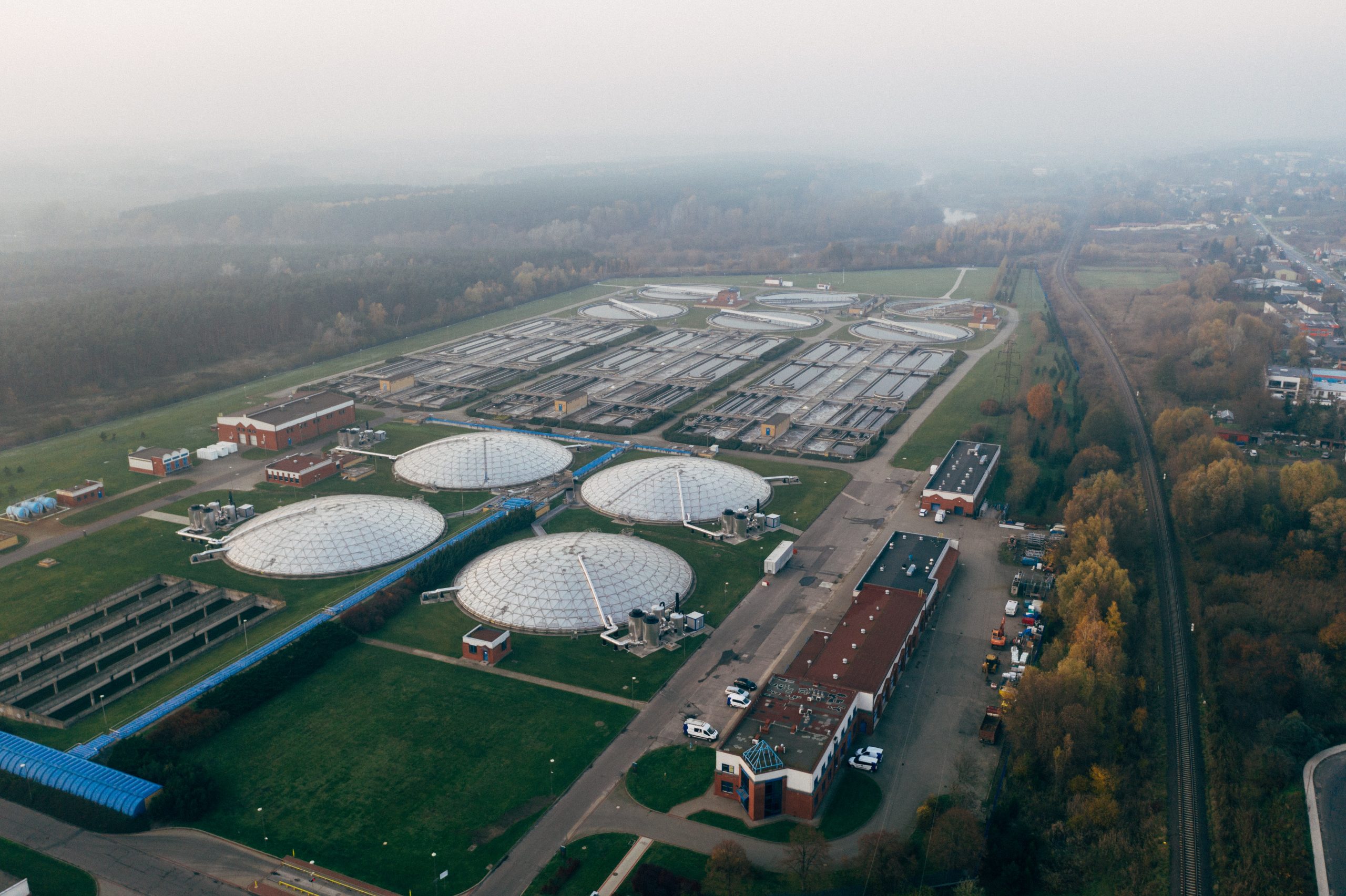
Water infrastructure networks that are flexible, have distributed capacity, and contain multiple systems that can provide back-up are more resilient to disruption than systems without these features.
Distributed infrastructure also presents opportunities to leverage private investment. For example, in the San Francisco Bay Area, we are seeing growing corporate interest and investment in distributed water systems. Technology companies like Salesforce, Microsoft, Facebook, and Google have invested in distributed strategies like onsite water reuse, water efficiency, and water treatment wetlands at their own facilities. Private interest and investment in these systems has the potential to spare water utilities some costs, add capacity, and provide redundancy in case of damage or failure to the centralized system.
Distributed energy resources offer an important model for how a smart, integrated system of centralized and distributed infrastructure can work. These distributed energy resources act as nodes in the broader system, allowing for flexible operations, providing resilience to disruption, and offering new utility revenue models.
Some water utilities, like the San Francisco Public Utilities Commission, have seen the potential of distributed water infrastructure investments and have enacted policies to incentivize or require them. Others are establishing innovative programs to advance distributed water strategies.
A More Variable and Uncertain Future
Distributed water infrastructure has been a promising solution since long before the pandemic hit. Now, given the challenges posed by COVID-19, it is even more so. Shocks — from social disruptions like the COVID-19 pandemic to severe floods and droughts from a changing climate — are becoming more frequent and severe. These will continue to strain water utilities’ continuity of operations. In the face of increasing disruptions, we need to shift toward water resilience.
The transition to water resilience includes acknowledging, valuing, and investing in distributed infrastructure alongside existing centralized systems. This will require planning, budgeting, and financing those systems on par with conventional water infrastructure, which may necessitate changes in water utility budgeting and financing. While the COVID-19 pandemic presents unprecedented challenges for water utilities, it also provides an opportunity to modernize existing models for financing and building water infrastructure to meet 21st century needs.
The Pacific Institute creates and advances solutions to the world’s most pressing water challenges. Our vision is to create a world in which society, the economy, and the environment have the water they need to thrive now and in the future.
WaterNow Alliance identifies and overcomes barriers and provides tools and resources for their members to build local support for policies and programs that advance sustainable water management. WaterNow Alliance provides a forum for collaborative action and a network for local leaders to learn from each other, helping communities make tangible progress on the ground to bring sustainable water management approaches to scale.


